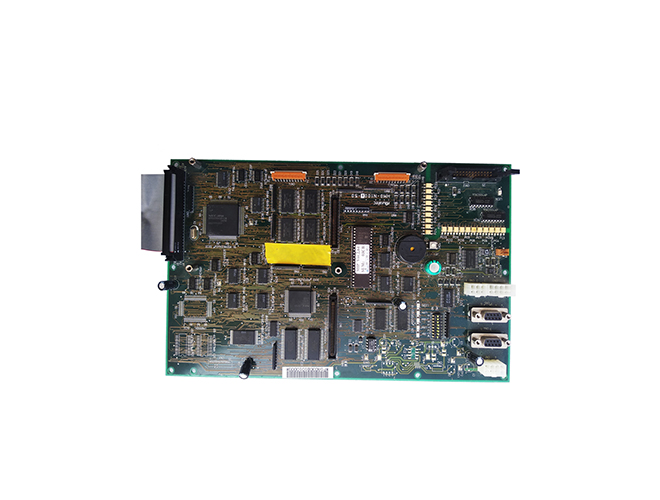-
CN
-
Service Hotline
+8618129931046 Mr. Liao


Time:2025-06-24 Views:1

Electroless copper plating is a pivotal process in the fabrication of multilayer printed circuit boards (PCBs), enabling the formation of conductive pathways without the need for an external electric current. This technique is based on a chemical reduction reaction, where copper ions in the plating solution are reduced to metallic copper and deposited onto the surface of the PCB substrate.
The process begins with surface preparation. The PCB substrate, typically made of fiberglass-reinforced epoxy resin, must be thoroughly cleaned to remove any contaminants, such as grease, oxides, or residues from previous manufacturing steps. This is often achieved through a combination of alkaline degreasing and acid etching. Following cleaning, the surface is activated. Activation involves treating the substrate with a solution containing palladium ions, which adhere to the surface and act as catalysts for the subsequent copper deposition. The palladium ions are usually carried in a colloidal solution, ensuring even distribution across the board's surface.
Once activated, the PCB enters the electroless copper plating bath. The plating bath contains copper ions (usually in the form of copper sulfate), reducing agents (such as formaldehyde), complexing agents, and stabilizers. The reducing agent reacts with the copper ions in the presence of the palladium catalyst, causing the copper to deposit uniformly on the surface. The complexing agents help maintain the stability of the copper ions in solution, preventing premature precipitation, while the stabilizers control the reaction rate and prevent unwanted reactions.
One of the key advantages of electroless copper plating for multilayer boards is its ability to deposit copper uniformly on both the outer and inner layers, including through-hole vias. This ensures reliable electrical connections between different layers of the PCB. Additionally, the process is highly scalable and can be easily integrated into mass production lines. However, it also poses environmental challenges due to the use of hazardous chemicals like formaldehyde. Therefore, continuous research focuses on developing more environmentally friendly reducing agents and improving waste treatment processes to minimize the environmental impact.